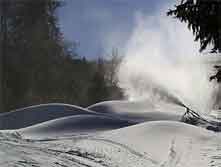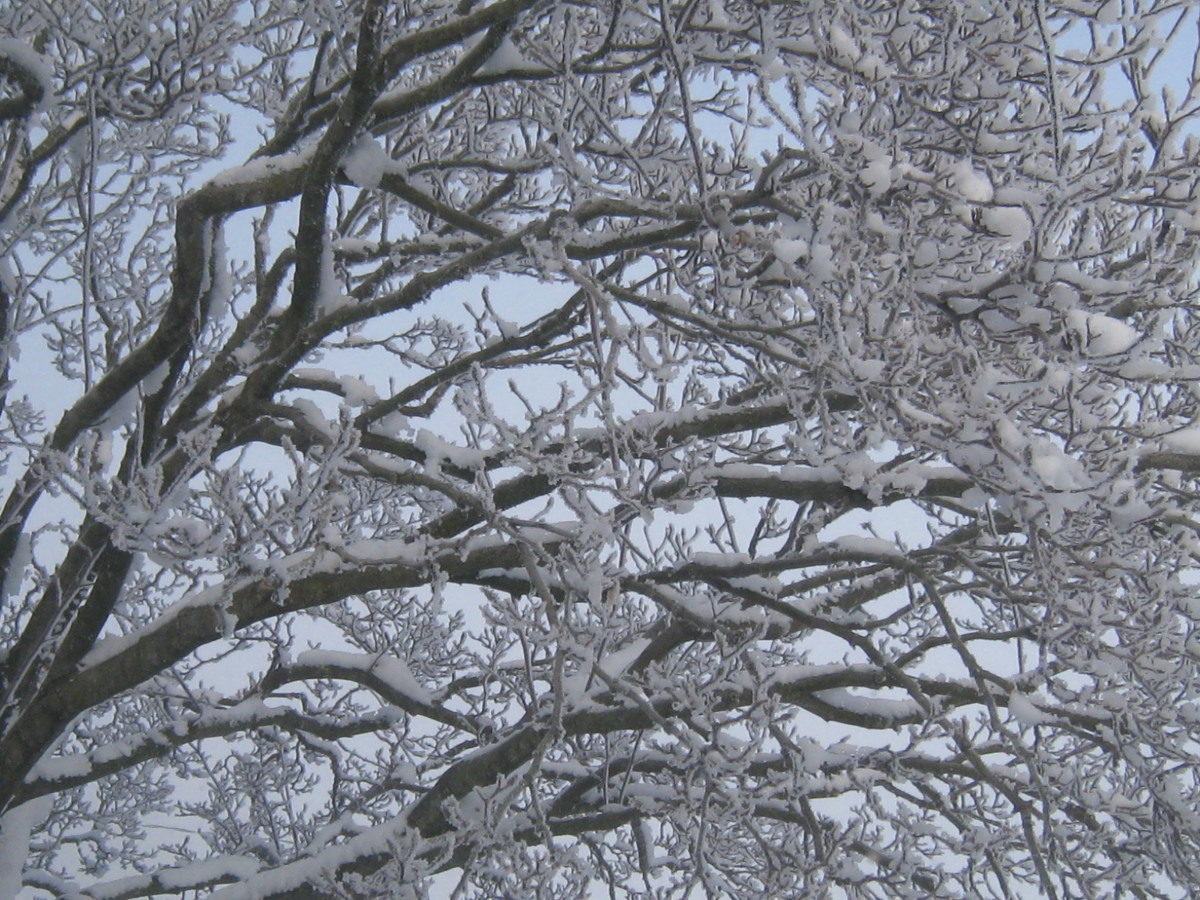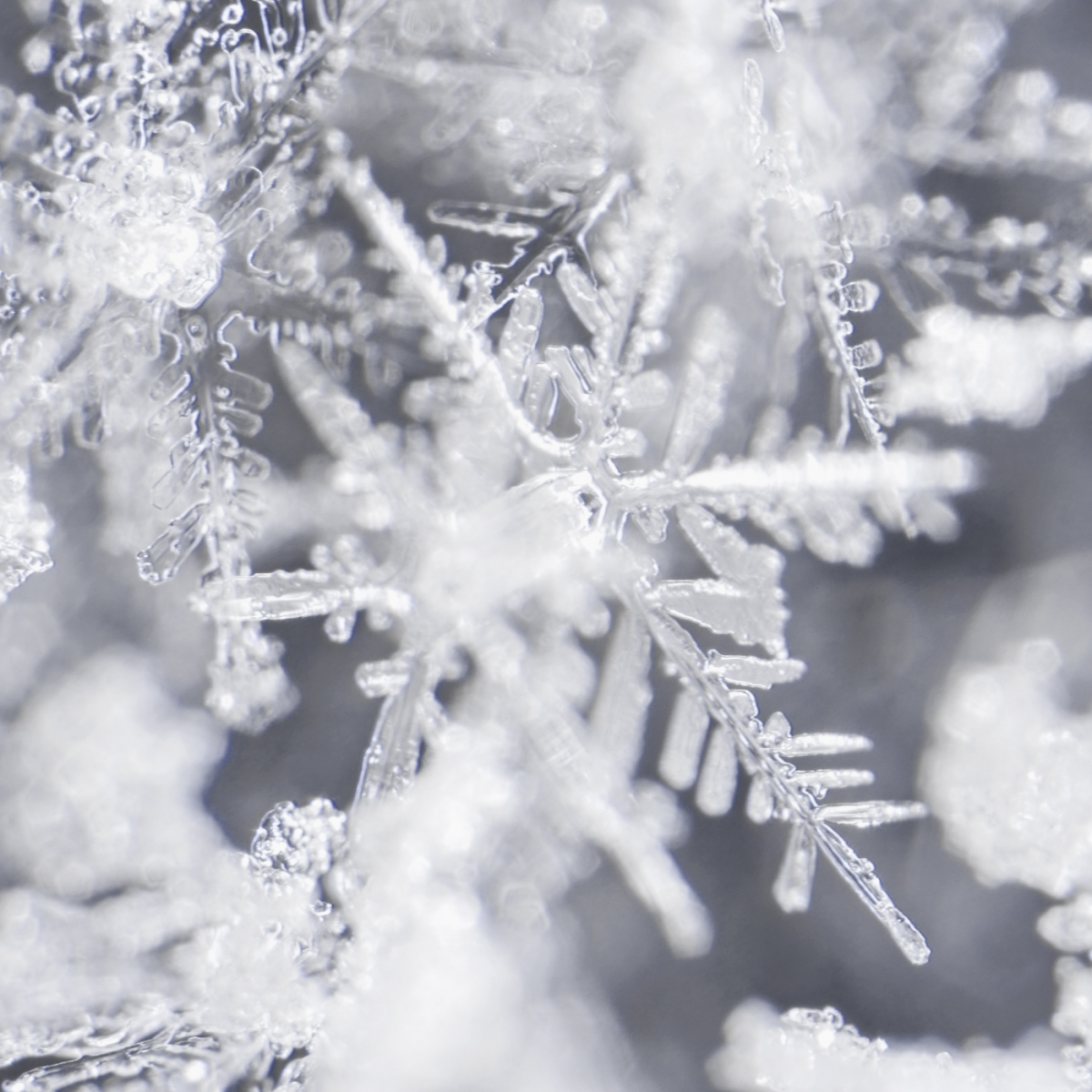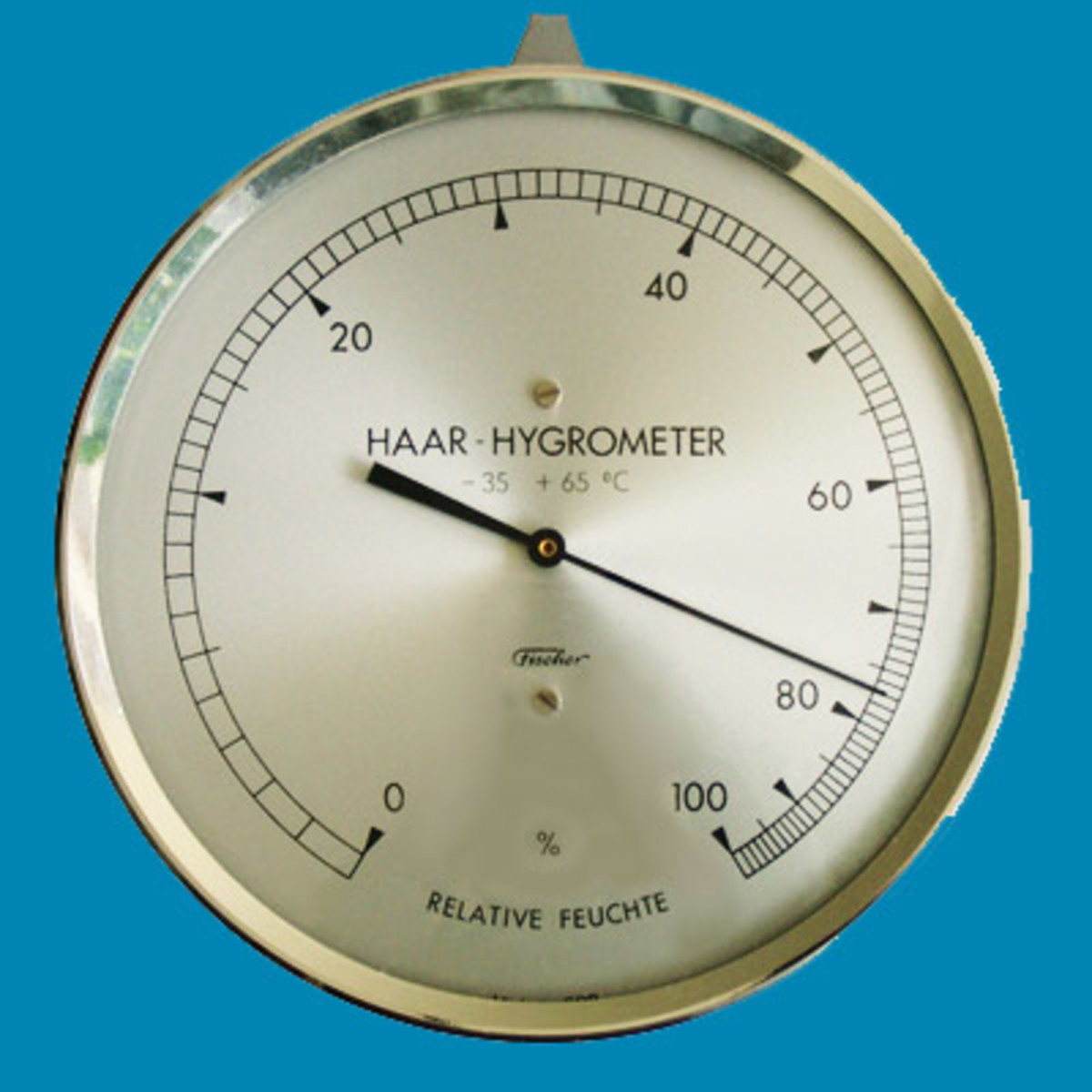How to Make Snow

Snow is obviously the single most important component of a great day on the slopes. The personnel at each North Carolina Ski Resort diligently monitor temperature, humidity, and wind to produce the optimum conditions. The snowmaking and grooming crews work throughout the season, day and night, taking advantage of the mountain climate to blanket the slopes with new snow.
The hours spent making snow each season can range from 600-1500, depending on the weather and the location. Some resorts will stockpile snow in key slope locations. When the weather turns warm or even to rain, the large piles of snow are strategically spread over decreasing snow base areas.
Snow forms when water vapor condenses directly into ice crystals. These crystals normally have a diameter of several millimeters and have six lines of symmetry. A snowflake is an aggregate of the ice crystals and may be several centimeters large.
Contrary to what some people may believe, machine-made snow is real snow. There's nothing fake or artificial about it. Snow crystals, no matter how they're produced, are simply tiny crystals of frozen water. In nature, evaporation of water from the ground, rivers, lakes, and the oceans creates moisture in the atmosphere. The moisture condenses, and when the weight of the moisture exceeds the capacity of the air to keep it aloft, it falls to the ground. Under the right conditions, including low temperatures and low humidity, it falls as snow. The crystals often pick up more moisture as they fall, resulting in the variety of shapes for snowflakes.
Machine-made snow is a shortcut in the process of making snow because there is no evaporation phase. The water is pumped as a liquid from a source such as a pond, lake, or reservoir. The water is then forced into a specialized nozzle or gun, where it collides with highly pressurized air. The nozzles can be adjusted to vary the size of the snow. The compressed air shatters the stream of water into tiny particles and launches them into the air.
At this point, the process becomes similar to nature. The droplets of water freeze and fall to the ground. The only difference is that the water doesn't have as much time to freeze before it hits the ground because snowguns can range between 3 feet to 25 feet above the ground. Thus, the air temperature needs to be colder than freezing with low humidity so that the droplets will freeze faster and not collect water, which melts them, on the way down.








